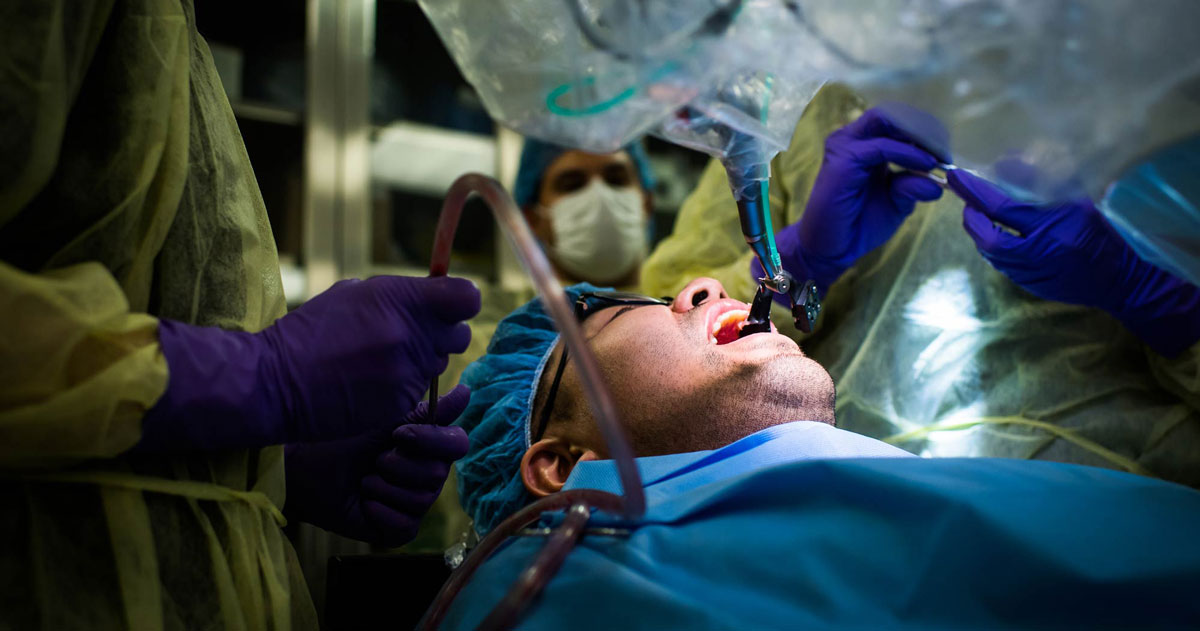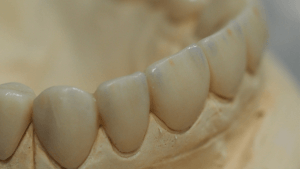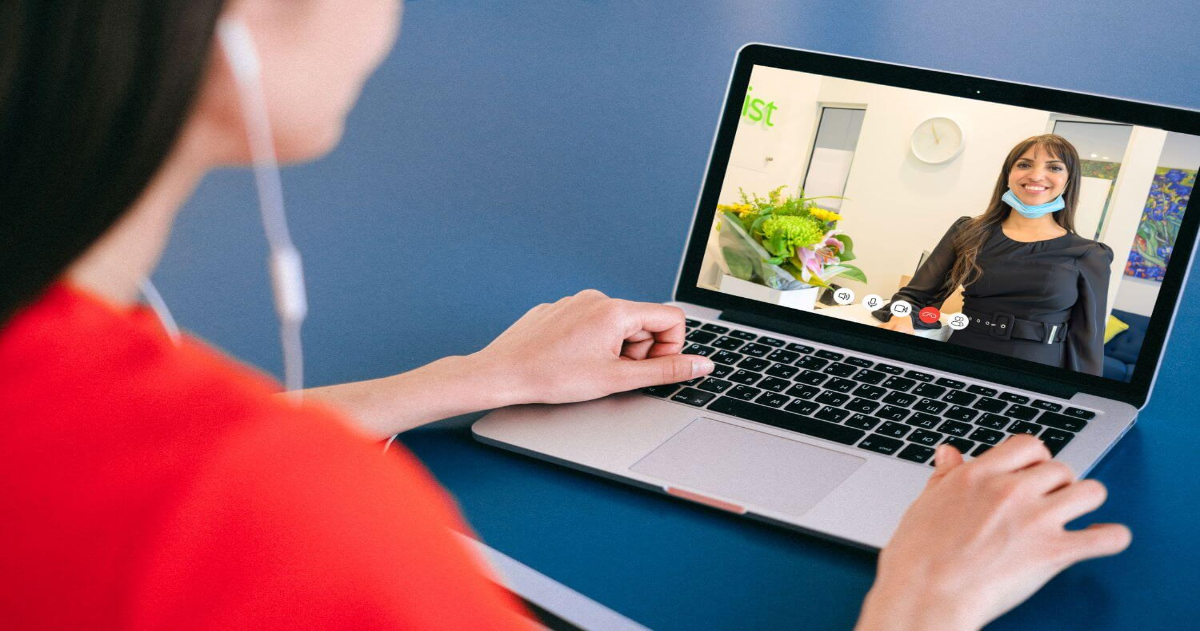Dentistry has long utilised technology to improve the lives of people around the world. Whether it’s innovative ways of doing full arch surgery with immediate loading, using cameras to help determine how a patient or designing and producing teeth with computers. Dentists have always been at the forefront of technology and have harnessed it to push the field of dentistry forward.
It’s fascinating to think about what new developments in technology could mean for dentistry. While we might not be heading to work in flying cars or 3D printing our food (yet…) the possibilities for how emerging technologies could help the lives of our patients are endless!
Let’s have a look at some innovative technologies and what they mean for the future of dentistry.
Artificial intelligence
Artificial intelligence (AI) is an exciting new branch of computer science that’s primarily concerned with building machines that are capable of doing tasks that require human intelligence.
As part of the job, dentists have to sort through and analyse enormous amounts of information in order to effectively treatment plan and diagnose patients. Through the use of artificial intelligence, it is possible to train a computer to sort through information and provide accurate feedback to the dentist on what the next steps should be.
AI services like Overjet use computer vision algorithms to identify oral anatomy and diseases from dental x-rays and patient records to see what would be the best treatment option for each patient.
Artificial intelligence could make the dental treatment and diagnostic process much quicker and standardised across the field of dentistry.
Regenerative dentistry
When I was younger, my Mum used to tell me how important it was to take care of my teeth because they don’t grow back. Thanks to new scientific developments, I can call my Mum and tell her how wrong she was.
Regenerative dentistry is a fairly recent concept, where scientists believe it’s possible to regrow teeth through the use of stem cells instead of replacing them with an entirely new set of false teeth.
Furthermore, new research from the Karolinska Institute has shown that it’s possible to speed up development in the field of regenerative dentistry. They have proved that it is possible to map the differentiation pathways of the cells that make up human teeth, as well as discovering new cell types and layers in teeth that will impact tooth sensitivity.
It’s incredible to think that one day we’ll be able to regrow teeth from the patient’s own cells instead of relying on invasive surgery to get the job done.
Robots
It might seem easy to throw in robots when discussing scientific advances and future prospects, but robots have been used in dentistry for some time in order to improve predictability, reduce procedure times and increase overall work efficiency.
Robots can be hugely helpful in a dental setting because they aren’t susceptible to fatigue like humans are, meaning they can be much more precise in their movements for a longer period of time.
Common uses for robots in a dental setting include:
- Dental patient robots - Helps students develop their dentistry skills in life-like situations.
- Robotic dental drill - Tiny needles are inserted into the patient’s gums to find the precise point that dentists should insert implant screws into.
- Orthodontic archwire bending robot - This kind of robot helps bend orthodontic archwire to a specific shape.
- Surgical robot - The surgeon will program the robot to complete a specific task within the procedure.
The use of robotics in dentistry can also be hugely beneficial to the dentist’s own processes as well. With most ‘freehand’ surgeries, the dentist can fall into the trap of not self-assessing themselves throughout the procedure. When dentists work with robots, they have to be very aware of what the robot is doing and as a result, notice things they otherwise might have missed.
Augmented reality
Augmented reality has huge implications for how dentistry is taught to students and communicated to patients. Augmented reality enhances a real-world environment by rendering images, diagrams or text onto existing scenery or objects.
It’s possible that dentists could utilise AR glasses to effectively plan and navigate a case. Students could learn the precise location of teeth by viewing a mouth through augmented reality or perform procedures on a mannequin that can provide immediate feedback thanks to AR.
Conclusion
The future of dentistry is incredibly exciting, to say the least. It’s inspiring to see what can be achieved through the use of technology to both benefit the field and improve the lives of patients everywhere.
RipeGlobal will be sure to educate you on the latest developments in dentistry so that you can implement them in your practice. Be sure to check out our membership options so that you can learn how to become the dentist of tomorrow, today!
Header image by Jackie Ricciardi






